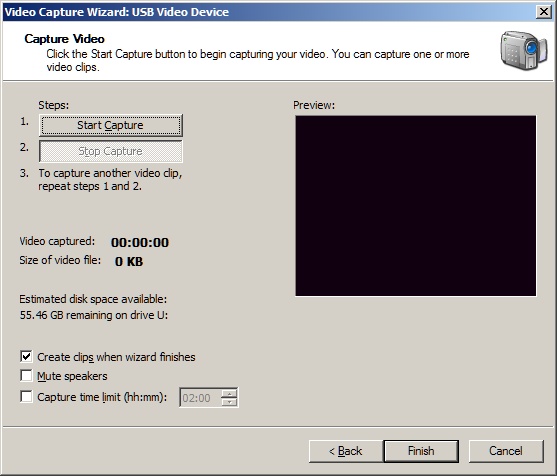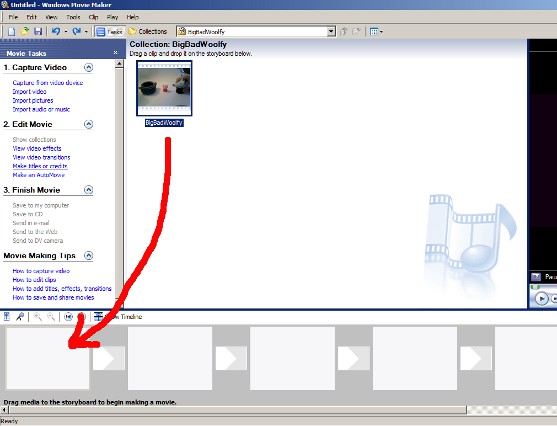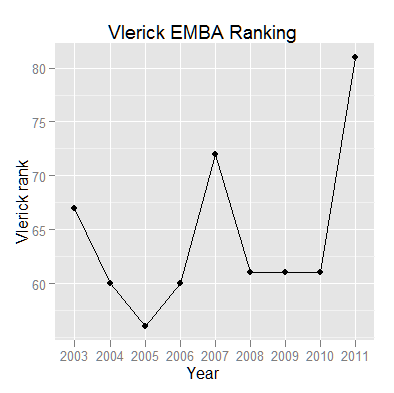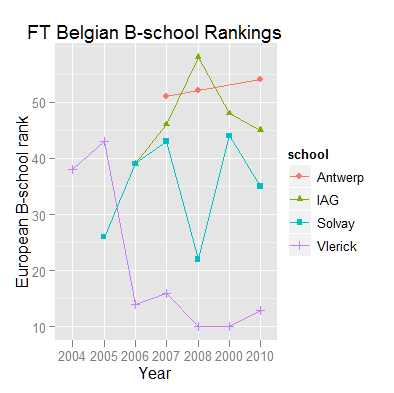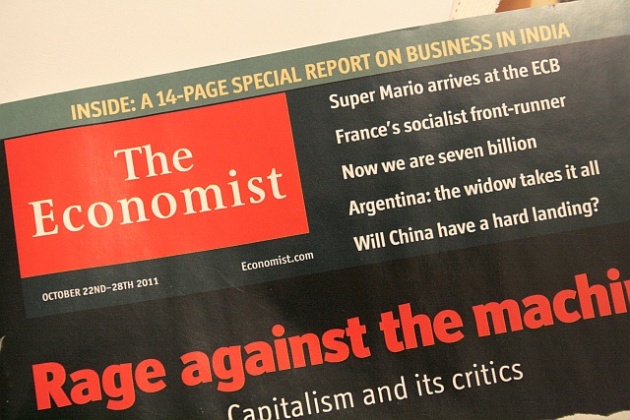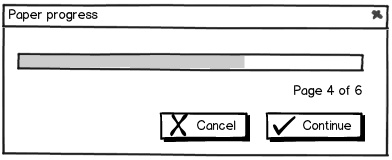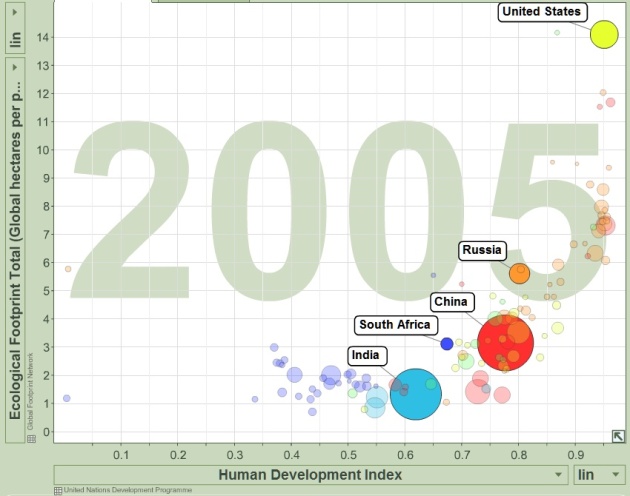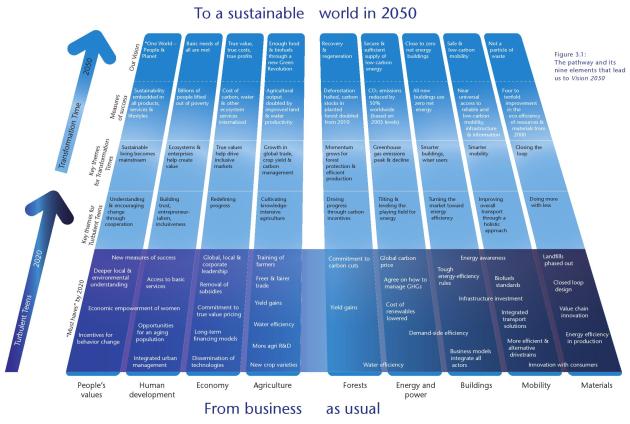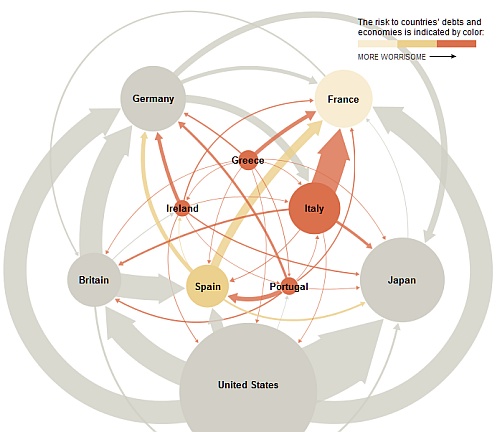How to make a movie and post it on the web
October 31, 2011 Leave a comment
Last week, Jef Claes told us we would be only 2D managers (and this should be an insult, now) if we don’t use Twitter / social media and if we don’t know how to make a movie and post it on the web. So, let see what we can learn from social media, Twitter and how to make a movie and post it on the web …
Social networking in plain English:
Twitter in plain English:
And remember the slide in part about “helicopter parents” and how the dot.com generation behaves in job interviews and at work (session 2 – HRM)? Here is another example:
So why not try yourself? Twitter is here and if you look for people to start adding, I’m @jepoirrier on Twitter, Vlerick is @Vlerick, Caroline is @Caroline160981, Bart is @bart_vdheijden, Jules is @Kalengaj, etc. (sorry I didn’t have all the Twitter links ; feel free to add your twitter name in comments). Vlerick is already present on many social networks; it listed here all its social accounts.
So, how to make a movie and post it on the web?
I suppose you have MS-Windows XP (as most people do in this class) on your computer, a webcam already connected/installed and a YouTube account (if you don’t have one, just go and register there, it’s free). Newer version of MS-Windows as well as OSX may have slightly different software and a more direct integration with social media (I don’t have any of the 2).
 Now suppose you have something to share with the world (Big bad wolf catching one little pig), just start by opening Windows Movie Maker (its icon should look something like the icon on the left). In the Movie Tasks bar, on the left, choose “Capture from video device” and follow the video capture wizard. If you find any question difficult to answer, just leave the default suggestion. You will end up with a window asking you to start the capture (see screenshot below). Just click it when you are ready to shoot! And click “Stop Capture” when you want to … stop shooting.
Now suppose you have something to share with the world (Big bad wolf catching one little pig), just start by opening Windows Movie Maker (its icon should look something like the icon on the left). In the Movie Tasks bar, on the left, choose “Capture from video device” and follow the video capture wizard. If you find any question difficult to answer, just leave the default suggestion. You will end up with a window asking you to start the capture (see screenshot below). Just click it when you are ready to shoot! And click “Stop Capture” when you want to … stop shooting.
When you finished capturing your video, a snapshot of it appears in the middle of the screen. You just drag your video (this snapshot) and drop it in one of the empty rectangles in the storyboard (below the screen). You can add a title or some credit with the task … “Make titles or credits” (still on the left). You can import other videos, insert some pictures or music: these tasks are all in the “Movie Tasks” bar on the left and are followed by simple wizards. You can play with interim results in the player on the right.
Once the results suit your taste, the “Movie Tasks” bar on the left has also the option “Save to my computer”. Clicking on it launches a wizard. Again, just leave default options if you are not sure about an answer. You have now a super video on your computer.
Now, open a good browser and go to the upload page of YouTube. There, follow the YouTube wizard to upload a video (the link is on top right). Basically, it will asks you to choose a file and, while it downloads the file, you have to fill in some details (title, description, some keywords, etc.).
Here is what you can get in about 5 minutes:
Was this so complicated? :)
